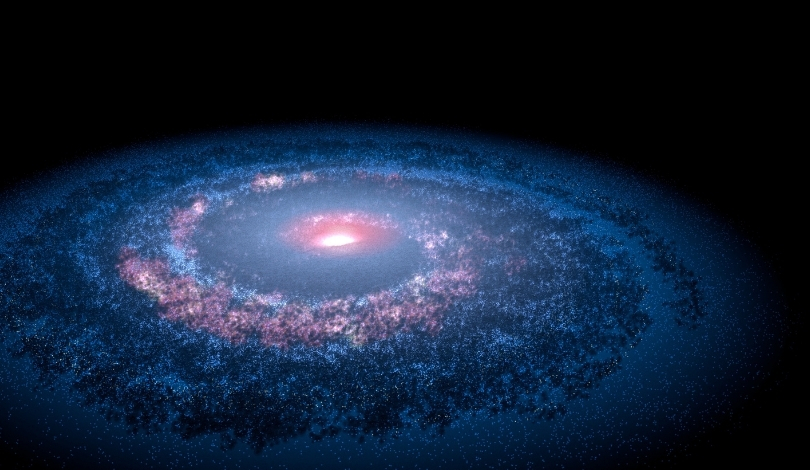ESA’s Hera mission embarks on its journey to Dimorphos, building on the success of NASA‘s DART test. Launched on October 7th, Hera is equipped with advanced instruments aimed at analyzing the asteroid‘s characteristics. This mission not only follows closely on the heels of previous asteroid studies but also aims to provide deeper insights into asteroid composition and behavior. The collaboration between international space agencies underscores the global effort to understand and mitigate potential asteroid threats.
Information from past missions, such as NASA’s Lucy mission, highlights the challenges and opportunities in asteroid exploration. Compared to preceding endeavors, Hera’s comprehensive suite of instruments offers a more detailed examination of asteroid Dimorphos. This mission is expected to enhance our understanding of asteroid deflection techniques and the physical properties of binary asteroid systems.
What Are Hera’s Primary Instruments?
Hera carries the Asteroid Framing Camera (AFC), Thermal Infrared Imager (TIRI), and Hyperscout H. The AFC provides high-resolution monochrome images, essential for assessing the distance and scale between celestial bodies.
“Our instruments are designed to offer unprecedented clarity in asteroid observation,”
ESA officials stated, emphasizing the mission’s technical capabilities.
How Will TIRI Contribute to the Mission?
The Thermal Infrared Imager operates at a distance of 1.4 million kilometers, capturing infrared wavelengths to study the thermal inertia of Dimorphos. This data is crucial for determining the asteroid’s physical properties and understanding how it responds to deflection efforts. TIRI’s successful operation is a pivotal element of Hera’s scientific objectives.
What Role Does Hyperscout H Play?
Hyperscout H is tasked with capturing near-infrared images, ranging from 650 nm to 950 nm. This imager utilizes false color to represent different wavelengths, aiding in the detailed analysis of the asteroid’s surface. The ability to visualize these wavelengths enhances the overall data quality, supporting Hera’s comprehensive study of Dimorphos.
Hera’s mission extends beyond initial imaging, as it carries additional instruments like CubeSat deployers and a laser rangefinder. These tools will become operational as Hera approaches the binary asteroid system in December 2026. The successful integration and deployment of these instruments will be critical in achieving the mission’s long-term goals.
Drawing from previous missions, Hera is poised to offer more detailed and extensive data on asteroid composition and behavior. The combination of advanced imaging technology and collaborative international efforts positions Hera as a key player in asteroid research. Understanding the outcomes of Hera’s observations will be instrumental in refining asteroid deflection strategies and ensuring the safety of our planet.










